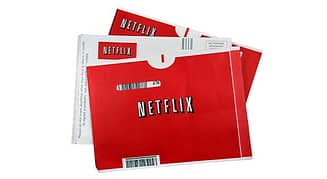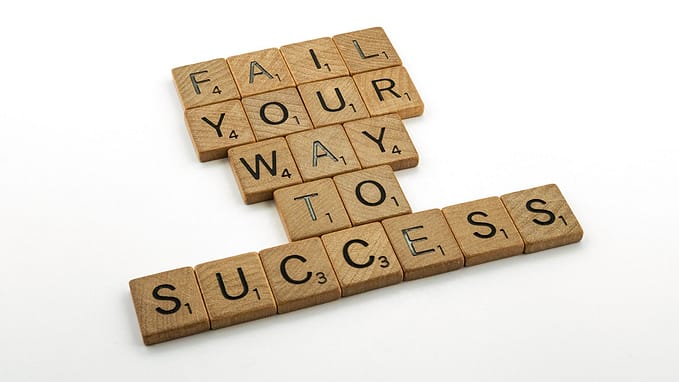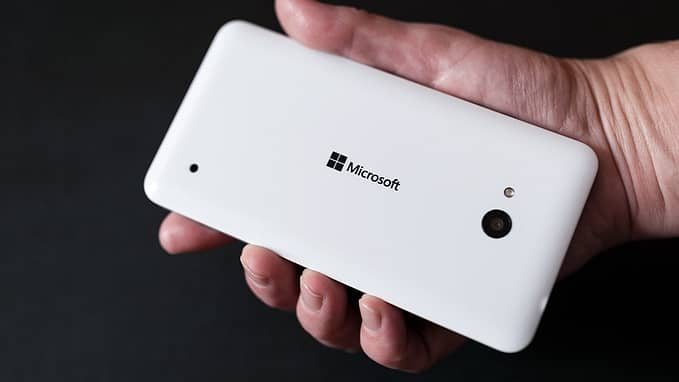Resources
Failure, or what failure teaches you about success

There is going to be a point in your life where you’ll make something useless.
It’ll take you the same amount of time, planning, and creativity as making something good, only when you try and run it, it’s going to fail – and that’s okay.
That’s great.
The lessons you learn from failure are lessons you don’t learn if all you do is succeed. They’re lessons that you’ve definitely been told before – ‘it’s okay, try again’. ‘If at first you don’t succeed, try again’. Whether it’s trying out a new hobby or having a great idea that doesn’t work on execution, spending time and effort on a project that just fails is always difficult to overcome – but it helps you a lot more than you know.
Here’s how.
Back when I was just starting out with app development, I had this idea for an app that I was sure would turn into a hit: an alarm clock app that used social media to shame you into not snoozing, thereby waking you up at the time you set the alarm.
If you’re seeing the problem, congratulations: I didn’t, until it went into the market. Turns out, nobody needs an app to tell their friends that they’ve snoozed their alarm so many times and didn’t wake up until noon. What they needed was an app that looked at their sleep quality and sleep patterns, and picked the right time for them to wake up.
It’s the same idea, but the problem that it solves is different. The question changes from,’how can I help people wake up on time’? to ‘how can I make sure people sleep well enough to wake up on time?’


It’s only a subtle difference, but it’s a subtle difference that made the app work.
The app and tech circles are full of these failures. It’s what keeps the whole cycle going. It’s what keeps your creativity sharp: the understanding that you don’t have all the answers, and that you absolutely have room to improve or even scrap it completely and build something better.
As the late Sir Ken Robinson said, “if you’re not prepared to be wrong, you’ll never make anything original.”
And that goes double for apps and for tech. Our best original ideas come from the ashes of something that we thought was good, and just didn’t work as it should have – you’ve heard of Netflix sending DVDs through the mail, of Apple investing in the MAC portable, of Microsoft’s Windows phone.
None of these ideas panned out, but they brought us software and technology that the modern day would be poorer for: Netflix, the iPhone, Microsoft’s improved app integrations and software.
So if you’re feeling down because you worked on something that isn’t working: don’t be. You’re learning.
And if you need more proof, here’s a list of apps that failed.

1. Musical.ly
Musical.ly’s failure is notable because it was later merged with Tik Tok – however, before it became Tik Tok, Musical.ly had a number of problems to contend with. The most prevalent was that the app struggled to make an impact with the market it was released in: Chinese youth whose browsing patterns differed a lot from those that had made apps like Vine popular. When it became clear Musical.ly wasn’t doing so well, it was sold to Byte, and later integrated into Tik Tok.
The takeaway: do your market research. An app thrives on support from the masses, and you need to know exactly which audience is going to make the biggest impact on the success of what you’re working on.
2. Vine
Vine had an excellent run as the OG short-form video platform. Every video uploaded to the platform had to be six seconds or less, and while Twitter had purchased it with the intent to turn it into an adhoc vlogging side-gig, it really took off as a source of lite entertainment instead.
However, the six second loop ultimately proved to be one of the biggest issues when it came to innovating out of the short-form video segment. Instagram and other social media brought in longer clips, which offered more content on an app that people were already using as a social media. Additionally, Vine had terrible support for its content creators, who started leaving the app once they were popular enough on Vine to other platforms that could pay them more.
Finally: it just wasn’t making money. When content creators left Vine, they took the sponsorship money they were making with them, which meant Vine was left with nothing.
The takeaway: innovate. The market that we’re working in now is highly competitive, and to stay afloat, you’re going to need to build out from your app’s original intention. This doesn’t mean changing the app entirely, but you do need to keep an eye out for opportunities to grow in ways that the app might not have been originally intended for.

3. Yik Yak
On paper, Yik Yak made a lot of sense for college students. It was a location-based, anonymous social media app that allowed users to post statuses to be seen in a five mile radius only, which other users could respond to or simply vote on. In 2013, it was one of the most downloaded social media apps in the United States, mostly because it provided an easy, quick, and anonymous way for college students to communicate on campus.
Yik Yak’s anonymity was the problem. Cyberbullying was rife on the platform, and there were multiple examples of bomb threats and school shootings being made on the app that forced schools to evacuate for student safety. After several cases, schools started to outright ban or prohibit the use of Yik Yak, which led to a significant decline in popularity, and ultimately shutting it down. To make matters even worse, Yik Yak implemented geo-fencing which blocked users from posting from middle and high-schools, which killed off more of its users.
The takeaway: Keep an eye on how your app is being used. Your users are your most important asset, and if they’re unhappy or put off using the app, your app is going to struggle – and as said before, if you’ve built your app around an element that can no longer be used, it’s better to innovate now than regret it later.
4. Grooveshark
Grooveshark was a short-lived music streaming app that built on the fame of iTunes, BitTorrent, and Spotify to create a place where people could stream music for free. It was years ahead of its time – and unfortunately, not popular enough to outlast the legal ramifications of streaming content.
Grooveshark streamed content that it didn’t own: specifically, it never paid record labels for the right to play the music that was on its platform. While technologically brilliant, Grooveshark was run by two college students who didn’t fully understand what they were building, and got rapidly eclipsed by Spotify, who allowed equity buy-in from music majors.
Ultimately, Grooveshark couldn’t attract any venture capital, and had to shut down as a result of ongoing legal issues.
The takeaway: There are several laws your app has to comply with. Make sure that you’re always on the right side of legal, and especially if you host content or stream content that is made by a third party.
And, listen: you could do all of this, and build an app you think is foolproof, and it can still fail. That’s just the nature of how things go, and it’s not a mistake. The only mistake you could make is to let it shake your confidence, and to stop you from trying again.
